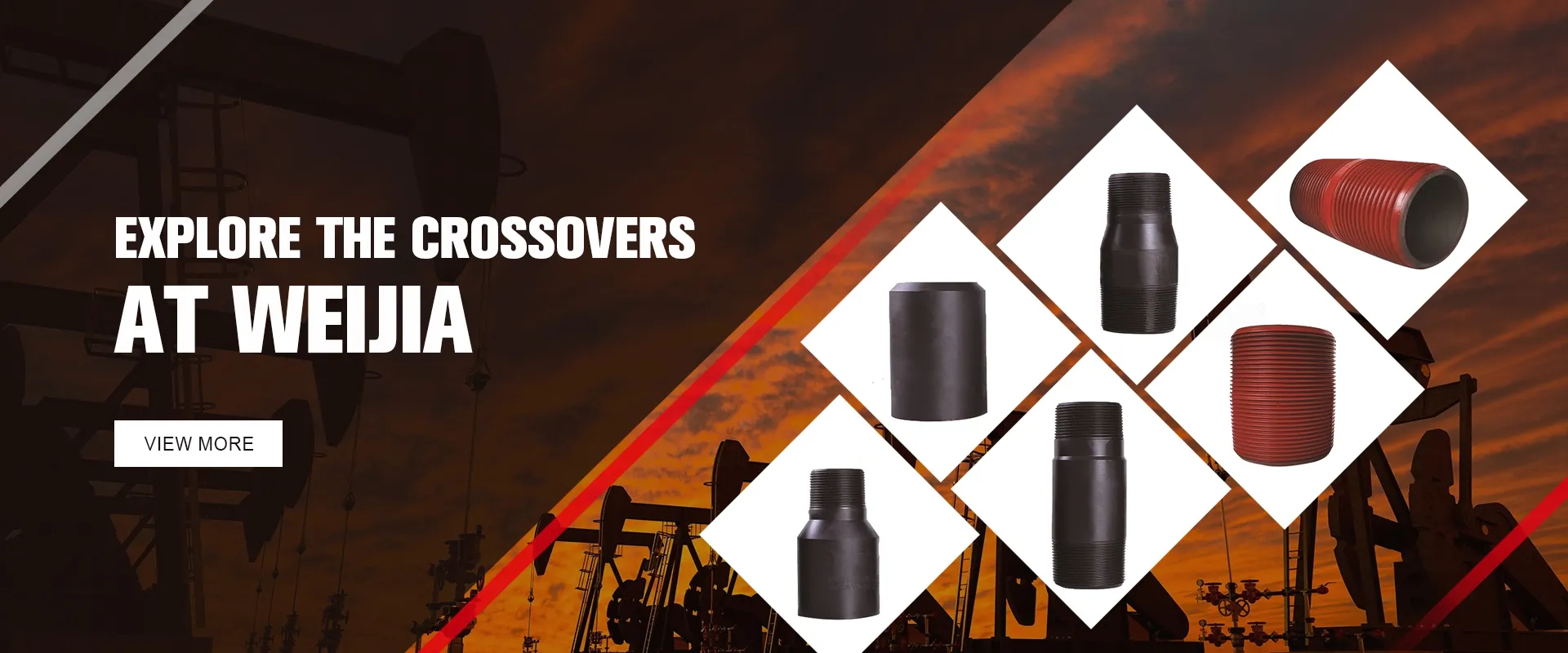- Afrikaans
- Albanian
- Amharic
- Arabic
- Armenian
- Azerbaijani
- Basque
- Belarusian
- Bengali
- Bosnian
- Bulgarian
- Catalan
- Cebuano
- Corsican
- Croatian
- Czech
- Danish
- Dutch
- English
- Esperanto
- Estonian
- Finnish
- French
- Frisian
- Galician
- Georgian
- German
- Greek
- Gujarati
- Haitian Creole
- hausa
- hawaiian
- Hebrew
- Hindi
- Miao
- Hungarian
- Icelandic
- igbo
- Indonesian
- irish
- Italian
- Japanese
- Javanese
- Kannada
- kazakh
- Khmer
- Rwandese
- Korean
- Kurdish
- Kyrgyz
- Lao
- Latin
- Latvian
- Lithuanian
- Luxembourgish
- Macedonian
- Malgashi
- Malay
- Malayalam
- Maltese
- Maori
- Marathi
- Mongolian
- Myanmar
- Nepali
- Norwegian
- Norwegian
- Occitan
- Pashto
- Persian
- Polish
- Portuguese
- Punjabi
- Romanian
- Russian
- Samoan
- Scottish Gaelic
- Serbian
- Sesotho
- Shona
- Sindhi
- Sinhala
- Slovak
- Slovenian
- Somali
- Spanish
- Sundanese
- Swahili
- Swedish
- Tagalog
- Tajik
- Tamil
- Tatar
- Telugu
- Thai
- Turkish
- Turkmen
- Ukrainian
- Urdu
- Uighur
- Uzbek
- Vietnamese
- Welsh
- Bantu
- Yiddish
- Yoruba
- Zulu
well casing coupler
Understanding Well Casing Couplers Essential Components in Drilling Operations
In the oil and gas industry, effective drilling operations are crucial for extracting resources efficiently and safely. One of the essential components of any drilling operation is the well casing coupler. This component plays a significant role in ensuring the integrity and longevity of the well, contributing to the overall success of the drilling process. This article will explore what well casing couplers are, their importance in drilling operations, types, and maintenance practices.
What is a Well Casing Coupler?
A well casing coupler, also known as a casing coupling, is a short pipe typically made from high-strength steel that is used to connect two lengths of casing. Casing itself is a tubular structure that is inserted into a drilled well to maintain the well's stability and protect it from contaminants. The primary function of a coupler is to create a secure connection between casing segments, thus facilitating the construction of a complete wellbore.
Importance of Well Casing Couplers
The primary purpose of these couplers is to ensure that the well is properly sealed and supported. A well that is compromised can lead to serious issues, including casing buckling, fluid leaks, and even blowouts. By providing a robust connection, couplers help maintain the structural integrity of the casing throughout the drilling process and the life of the well.
1. Structural Integrity Well casing couplers are designed to withstand extreme pressures and corrosive conditions often found at drilling sites. They keep the casing in place and prevent the surrounding geological formations from collapsing into the well.
2. Sealing Properties Fairly often, well fluids need to be contained within the casing. Properly fitted couplers ensure that there are no gaps or leaks, which is crucial for both operational efficiency and environmental protection.
3. Ease of Installation Casing couplers are designed to facilitate quick connections, which reduces downtime during drilling. The ability to connect and disconnect casing segments expediently is vital for maintaining an efficient drilling schedule.
Types of Well Casing Couplers
There are several types of well casing couplers, each designed to suit different operational requirements and well conditions
1. Threaded Couplers These are the most common type, featuring threads at both ends that screw onto the casing. They provide a secure, yet easily disassemblable connection.
well casing coupler

2. Welded Couplers Used in more permanent applications, these couplers require welding to connect to the casing. They are often used in high-pressure applications where maximum strength is essential.
3. Slip-on Couplers These are designed to slide over the ends of casing pipes and are typically secured with bolts or screws, making them less permanent than welded couplers but providing a strong connection nonetheless.
4. Specialty Couplers In some cases, unique couplers are designed for specific applications, such as high-temperature or high-pressure environments. These couplers are often made from specialized materials to withstand extreme conditions.
Maintenance and Best Practices
To ensure that well casing couplers function effectively throughout the life of a well, regular maintenance and inspection are essential. Here are several best practices
1. Visual Inspection Regularly check for signs of corrosion, wear, or damage to the couplers. Early identification of issues can prevent costly repairs down the line.
2. Torque Settings Ensure that couplers are installed to the recommended torque specifications to avoid overtightening, which can lead to thread damage, or undertightening, which can lead to leaks.
3. Environmental Considerations Be mindful of the environmental conditions at the drilling site. Corrosive environments may require additional protective measures, such as applying protective coatings or using corrosion-resistant materials.
4. Documentation Keep accurate records of all installations and inspections. This documentation can help track the performance of the couplers and provide valuable data for future projects.
Conclusion
Well casing couplers are integral components of drilling operations, providing structural integrity, ensuring leakage prevention, and promoting efficient drilling practices. Understanding the different types of couplers and implementing best maintenance practices can significantly enhance the success of a drilling operation. As the oil and gas industry continues to evolve, the importance of such components and their meticulous management will only grow.
-
Tubing Pup Joints: Essential Components for Oil and Gas OperationsNewsJul.10,2025
-
Pup Joints: Essential Components for Reliable Drilling OperationsNewsJul.10,2025
-
Pipe Couplings: Connecting Your World EfficientlyNewsJul.10,2025
-
Mastering Oilfield Operations with Quality Tubing and CasingNewsJul.10,2025
-
High-Quality Casing Couplings for Every NeedNewsJul.10,2025
-
Boost Your Drilling Efficiency with Premium Crossover Tools & Seating NipplesNewsJul.10,2025







